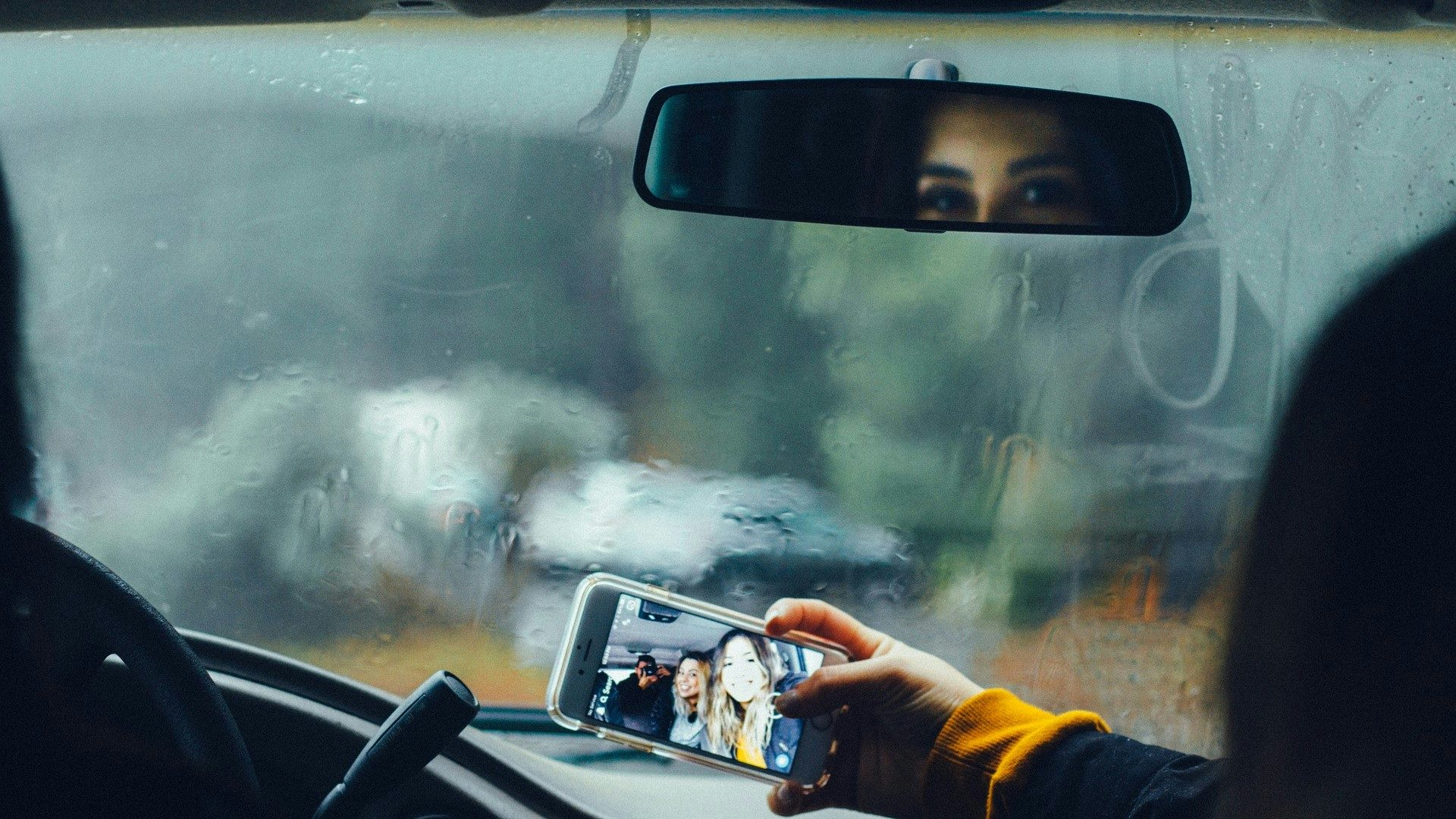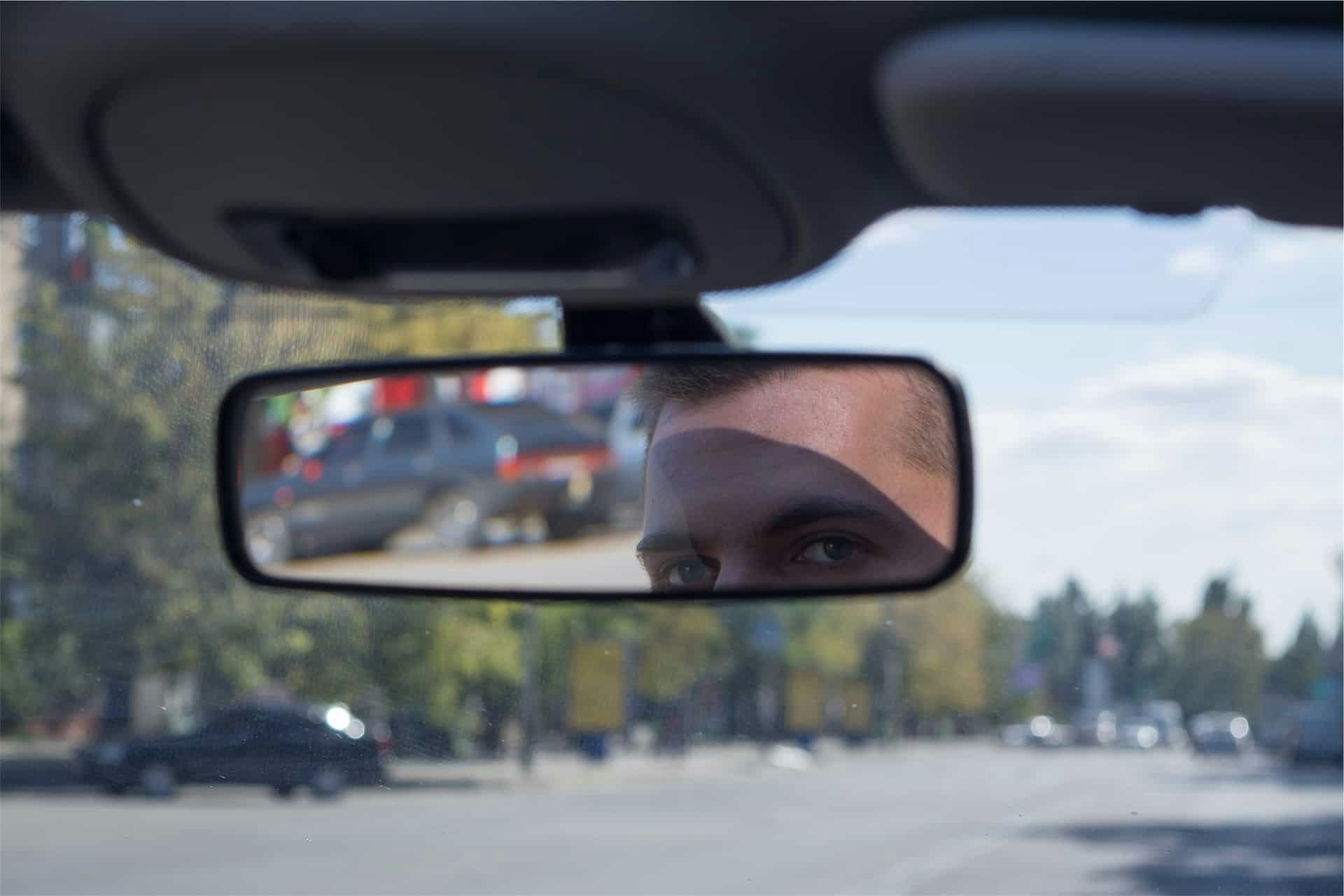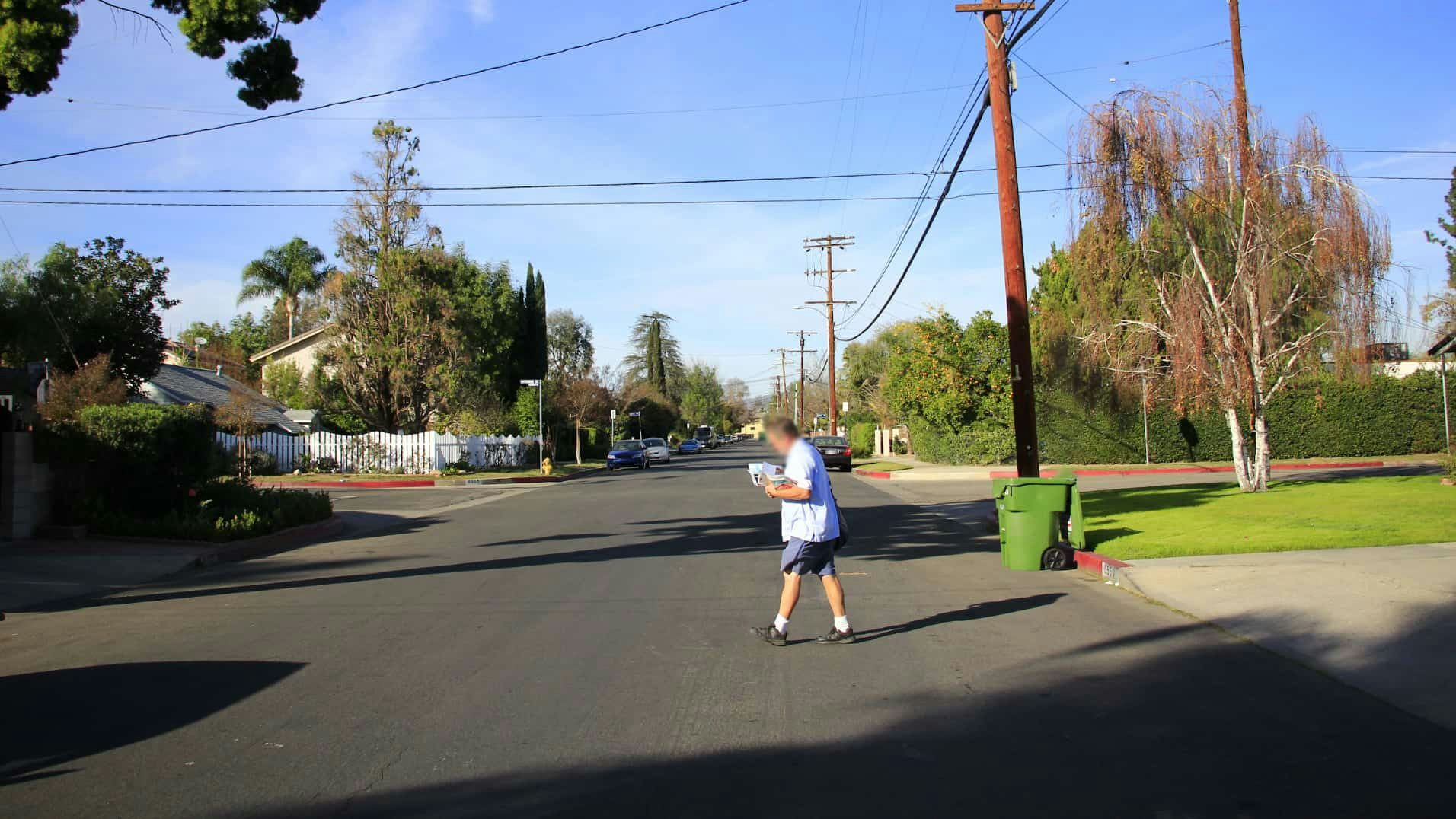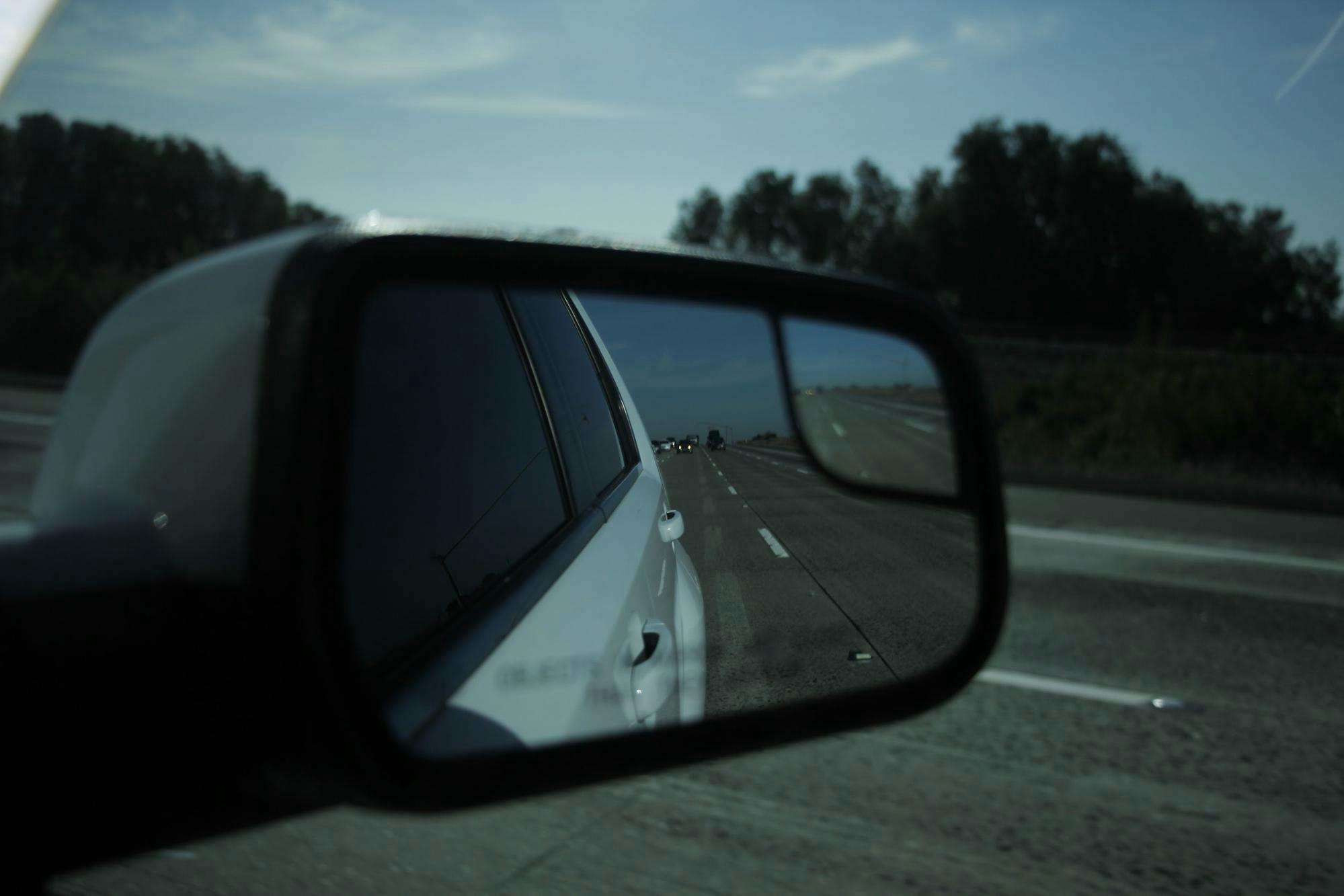
Distracted Driving: What It Is and How to Avoid It
As one of the leading causes of vehicle accidents, distracted driving claims thousands of lives every year. Drivers, especially teens, find it extremely tempting because it doesn’t appear to be that dangerous. But glancing at the road every few seconds isn’t enough. The fact remains that every time you look away from the road, take your hands off the steering wheel, or let your mind wander, you’re increasing the risk of an accident that could take lives.
The good news is that, once you understand what distracted driving is and how dangerous it can be, you can take steps to prevent it from becoming a habit.
What Is Distracted Driving?
Distracted driving happens whenever you take your attention from the road, whether you’re eating, having a conversation, or texting a friend. Unfortunately, hundreds of thousands of people drive distracted every day. This results in thousands of road deaths each year, and hundreds of thousands of injuries. Younger drivers are more prone to drive distracted.
It’s impossible to drive completely distraction-free, but you can drastically reduce the distractions you experience.

Types of Distractions
There are four main types of distractions. Any given action may consist of one or more of these types:
- Visual distractions: These distractions cause you to move your eyes from the road. Examples include texting, turning and talking to someone in the back seat, and reading a billboard.
- Auditory distractions: This type of distraction compromises your attention because of something you hear. Examples include a conversation going on in the car, music or the radio playing, and emergency vehicle sirens.
- Manual distractions: These distractions happen whenever your hands leave the wheel. Examples include texting, fiddling with the radio, or using navigation devices.
- Cognitive distractions: This type of distraction occurs when your mind wanders from the task of driving. Examples include daydreaming and worrying about a problem or decision.

Common Causes of Distracted Driving
Driving requires little mental energy and seems like the perfect opportunity to multitask. Few people grasp how dangerous it can be. People get distracted for a variety of reasons and may not even realize something is a distraction. Here are some of the most common driving distractions:
- Texting: Every driver has been told to never use their phone while driving. Most states have laws against it, for good reason. You’ve heard that texting can be extremely dangerous, but think about it this way. The average text takes about five seconds to send. If you type or read a text traveling at 55 mph, you’ll drive the length of a football field with your eyes off the road.
- Talking with passengers or on the phone: Drives are great times to talk, whether it’s a short 15-minute drive to work, a carpool with friends, or a long road trip. But a conversation can reduce the attention you’re giving the road, particularly if you’re wrapped up in an argument or story.
- Eating food: To a busy person, a drive sounds like the perfect time for lunch. However, eating takes one or both hands off the steering wheel and gives your brain another task to keep track of.
- Listening to music, audiobooks, or the radio: Music and other similar entertainment seem like a great way to while away the hours on a long car trip. However, they can easily turn into a distraction. High volume may compromise your ability to hear other vehicles and your attention may waver. Flipping through radio channels also requires a hand off the wheel.
- Applying makeup/doing hair: When you’re running late, it’s tempting to finish your morning routine in the car. Working on your makeup, even just at stoplights, is a distraction that can be easily avoided.
- Turning around to grab backseat items: Whether you left your bag in the backseat or you need a tissue, turning around to grab things from the backseat isn’t a good idea. You’re taking your attention from the road and increasing the possibility of swerving out of your lane.
- Using navigation devices: For many drivers, a GPS is a necessary part of a drive. However, it does become a distraction. Typing in your destination while driving is as bad as texting.

Strategies for Avoiding Distractions When Driving
In many cases, some level of distraction is unavoidable for drivers, whether they have to glance down at the GPS to see where the next turn is or say something important to a passenger. However, many distractions can be reduced or completely avoided. Here are some steps you can take to minimize distracted driving as much as possible:
- If you’re driving to an unfamiliar place, input the destination in your navigation device before you pull out of the driveway. Glance over the route so you have some idea of where you’re going. Place your GPS or phone in a dashboard mount so you don’t have to hold your phone while driving and you can clearly see directions.
- Text, eat, and do your makeup before you leave. Make an effort to plan ahead so you’re not forced to multitask while driving.
- If you want to listen to music, audiobooks, or the radio, keep the volume moderately low and be vigilant about keeping the majority of your attention on the road.
- Though conversations can be distracting, you don’t have to keep the car silent. Let others do most of the talking and don’t try to talk about topics that require a lot of focus, like planning out a big event or making an important decision.

550+ exam-like questions
All you need to ace your test
Perfect for first-timers, renewals and senior citizens
Recommended articles
Ace your DMV test, guaranteed
Want to Be the Top School in Your Area?
- Simple & automated admin
- More time for teaching
- #1 learning materials for students


